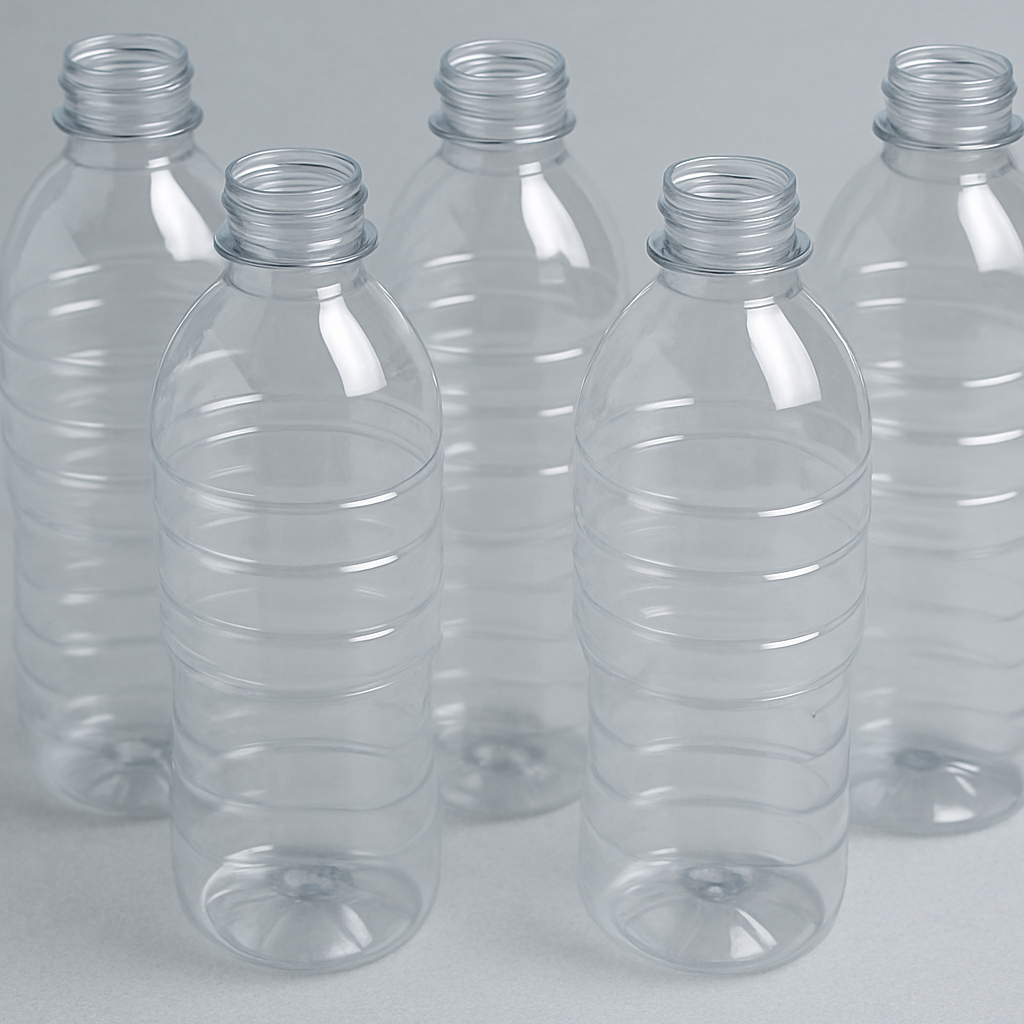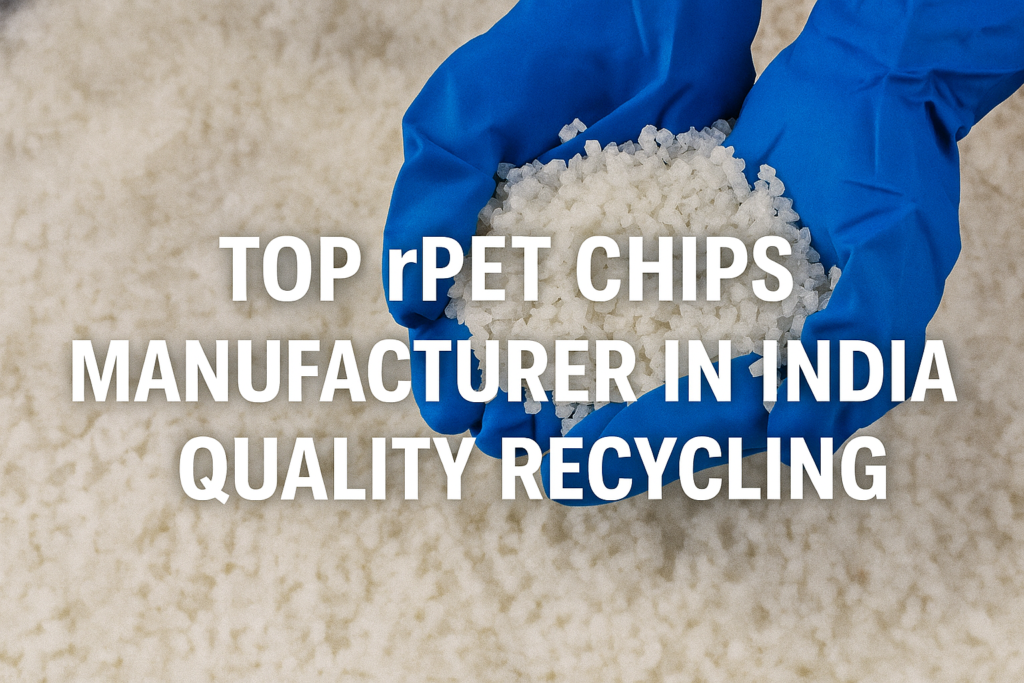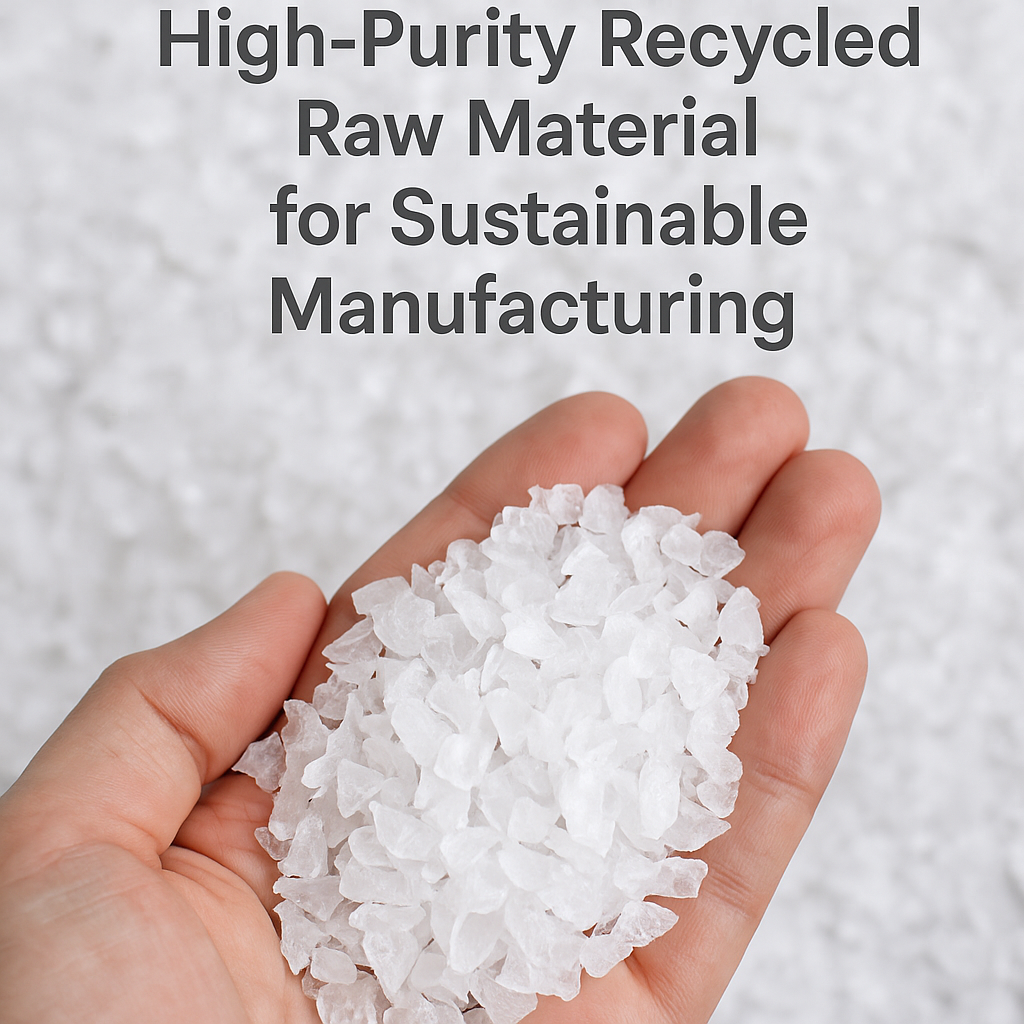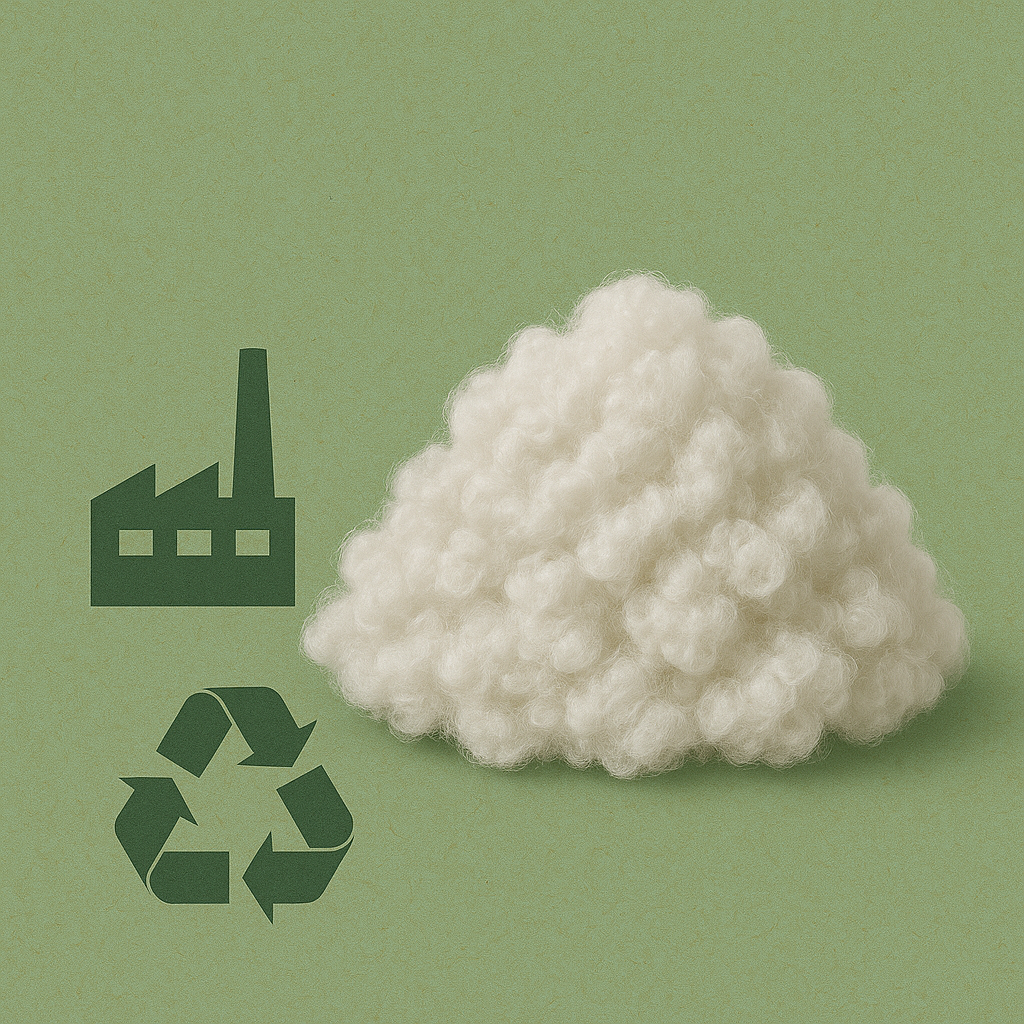Plastic bottles and plastic goods constitute one of the biggest threats to the environment, with millions of them being thrown away daily. This sort of waste not only accumulates in dumping areas but also has pollution potential, mainly for soil and water, with the possibility of emitting dangerous gases in the future.
Plastic pollution can be said to have reached catastrophic levels worldwide, and even the inhabitants of the affected areas suffer. In this scenario, it has become urgent and crucial to recycle plastic waste.
The Recycling Technologies that Assist Different Industries
There is a paradigm shift in how industries have treated waste materials owing to the innovation of recycling technologies. Such innovation is Recycled Polyester Staple Fiber (RPSF), which is made from PET bottles and is used by textile, automotive, and home furnishing industries. With the help of cutting-edge recycling techniques, waste can be converted into fibres with excellent mechanical properties. It can be used in many sectors without negatively impacting the product’s performance.
Tensile strength, which is one of the RPSF’s mechanical characteristics, enables many uses to be fulfilled. The amount of force or stress applied to a material on its stretching or pulling to the point it fails to hold the stress is called tensile strength. In the case of RPSF, it is of great importance to be able to comprehend and evaluate tensile strength since it is one of the prerequisites to the quality and industrial applications of the RPSF.
Dissecting the Understanding of Tensile Strength on Recycled Polyester Staple Fiber (RPSF)
It is important to understand that tensile strength is a major requirement for almost all materials, including RPSF. This has quite an impact on the fibre’s ability to withstand wear and tear, usage effectiveness, and the way the fibre can be used in yarns, ropes, and other industries. For RPSF, the tensile strength is dependent on these factors:
- Source Material Quality: The fibre’s tensile properties are influenced by the quality and purity of the PET bottles that were used.
- Manufacturing Process: The processes of extrusion and spinning have a direct impact on the total structure of the fibre.
- Additives: Reinforcements or stabilizers employed during the making of a product assist in increasing the tensile strength.
The Way Tensile Strength Affects Technology and the Use of Waste Material
Proper tensile strength is a significant disadvantage that will determine how effective the use of waste materials for construction, such as PET bottles, can be. The recycled fibres must have high tenacity, which means the fibres can be put to harsh uses, and thus, they can substitute virgin materials. For industries, this entails the following:
- Cost Savings: The use of durable RPSF ensures that there is minimal wastage of materials and increases the lifespan of the product.
- Sustainability: The fibres obtained from recycled materials are able to replace the use of fibres made from non-renewable resources.
- Performance Assurance: In construction materials such as automotive interiors and geotextiles, the materials need to have a high tensile strength to ensure safety and functionality.
Key Facts About Fabric Tensile Strength of RPSF
- Measurement Units: Typically, for any material, the tensile strength is represented in megapascals (Mpa) or pounds per square inch (Psi).
- Standards: To avoid disparity, ASTM and ISO guidelines are used to aid tensile strength tests.
- Applications: Transformed RPSF has a definitive tensile strength, making it usable in heavy-duty applications such as
Methods for Evaluating the Tensile Strength of Recycled Polyester Staple Fibers (RPSF)
To measure the tensile strength accurately, the following test methods are generally followed;
- Universal Testing Machine (UTM):
- The sample fibre is held at one end and is pulled until the fibre snaps.
- The machine automatically notes the best force that it can pull together with the elongation achieved at the breaking of the fibre.
- Tensile Testing Procedure:
- Sample Preparation: The fibres to be used are cut to a standard specified length and allowed to equilibrate to a standard temperature and humidity.
- Load Application: The sample is being pulled at a constant speed until it fails.
- Data Analysis: The data retrieved will entail the force of tension created, the percentage elongation achieved, and the modulus of elasticity.
- Microscopic Inspection: Microscopic structural examination is useful in establishing any deficiency in the internal structure that affects tensile strength.
- Batch Testing: Testing a few samples of the batch helps in assessing the uniformity and profiles of the batch
Key Takeaways
- Recycling has enabled the RPSF to be thicker and thinner in different applications across industries.
- Tensile strength is deemed a major performance indicator as far as RPSF usability and reliability in various applications are concerned.
- The tensile strength of a product is sure to be affected by factors like the source material and the processes used in its manufacture.
- The use of the test methods UTM and the batch analyses allows for sufficient computation and benchmarking of such products.







